How to grow vegetables & fruits in a garden
Plants survived long before humans were around to water them, so we aren't talking about reinventing the wheel here, but rather a sensible choice of plants and basic water management. Native species of plants in a given region have adapted to their own climate and can usually survive the weather that comes their way. Living more harmoniously with nature makes life easier, especially in the garden, planting local varieties of apple trees in the pacific north west means one of our contributors solved the autumnal problem of racoons and squirrels raiding bins, and produced a fair few apple pies too!
We run into problems when we put plants in areas with temperatures, soil conditions, and moisture levels that they aren't used to, forcing us to fertilize or turn on the taps simply to keep them alive. Plants adapted to their own regions not only save water, but they require a lot less effort on our part giving more time to enjoy the garden rather than being a slave to it.
Our personal ecological footprint extends beyond the walls of our home, this is why in the LEED rating system you will see references to 'drought resistant' and 'native species' in terms of landscaping.
Water is a quickly dwindling resource and Canadians and Americans are the highest per capita consumers of water in the world. So anything we can do to reduce water use for decorative purposes has to be a good thing.
Rainwater recovery:
For home durability, it's important that we properly manage the water coming off of our roofs. Rather than simply directing it towards sewer systems, it's best if we can make use of it first and let any excess soak through permeable surfaces on our property.
In a perfect world we wouldn't be irrigating greenery around our homes from either wells or city water, but there is always a time when we will have to water plants, certainly when growing vegetables. The best thing for your plants is rainwater, as ground water will usually contain minerals that over time will build up in soil and reduce its ability to produce.

You can install elaborate rainwater collection systems with underground cisterns and pumps, or you can simply have your eaves trough drain right into a barrel.
Rain barrels can easily be found with taps on the bottom and a screen on top to prevent mosquitoes from breeding. A good rain will fill up the barrel in no time, so be sure that the overflow is directed away from your foundation, preferably to a permeable area.
For an affordable system guaranteed to impress your friends, hook that barrel (or barrels) up to a soaker hose buried in your garden. Watering directly at the roots significantly reduces evaporation so you will get a lot more mileage out of one barrel of water.
Water-permeable landscaping:
The present state of our water systems is far more serious than most people realize. Aquifers don't replenish themselves at nearly the rate we consume water. Adding to that problem is the fact much of human development involves altering the earth so that water cannot penetrate it.
Not only can onsite water management reduce your consumption, but it also protects waterways. Impermeable surfaces redirect water and all the contaminants from roads and cities either directly into rivers, or towards treatment plants. And it's not uncommon during heavy rains to hear of overwhelmed treatment plants dumping raw sewage either intentionally or unintentionally directly into rivers.
So if possible keep the surfaces of your property permeable, and there are many ways to do this:
- Use permeable paving surfaces rather than traditional asphalt.
- Leave space between patio stones where water can get to the soil, or use porous stones.
- Use river stones on pathways instead of rock dust.
- Divert storm water runoff to permeable basins or dry wells.

Ground covers:
Despite the fact that we see it on almost every front yard, Kentucky blue grass turf does not handle this climate well and consequently we end up using vast amounts of water to keep it looking healthy. If you do want to have a traditional lawn, there are drought resistant seed mixes available. Some are actually known as 'LEED grass'.
If you are ready to break out of the norm, there are many ground covers available that are low maintenance, require infrequent cutting and are even edible. View The Ecohome guide to eco-friendly Lawn alternatives and ground cover plants here
Invasive species:

Over the last couple of centuries, many foreign species of plants have been introduced to North American soil for medicinal, horticultural and agricultural purposes. With no natural competitors, they can often grow quickly and choke out other plants.
The impact of invasive plants can be exponential as it can affect insect populations and consequently pollination, further reducing biodiversity.
So not only is it important not to introduce invasive species to areas, but by removing any on your property you can slow them from spreading.
Some can be more tricky than others to remove so check to see what invasive plants might be propagating in your region, and how best to get rid of them. Pulling them up might not do it, some (like the dog strangling vine pictured here) have elaborate root systems that can spread out long distances.
Urban farming:
Any food we produce at our homes is food that isn't part of the agricultural industry, which is a huge consumer of natural resources. If you have a bit of space, urban farming is a great way to reduce your carbon footprint and your food costs. Not only that, it's often healthier and even tastes better.
Any would-be gardener would love a sunny backyard or even better some acreage to grow edibles, but that isn't always the case. Some of the more limited spaces would be apartment balconies, but if they are at all facing south you'd be surprised at the yield you can get with a little ingenuity.

There are many techniques for growing food in places with less than ideal conditions. Here are some suggestions for maximizing your harvest in those spots. You can grow food in small spaces, and can also find out which are the best vegetables to grow in the shade - it simply takes choosing the right varieties and using the best techniques for success. If all that fails, my mom swears by these.
Keep in mind this is just a few ideas to get you thinking, the possibilities are endless when you set your mind to urban farming.
- Vertical gardens make use of limited space. This works well with shallow root plants like greens.
- Watercress is a great ground cover, loves shade and is one of the healthiest greens you can find.
- Instead of ornamental perennials, throw in a kale plant or a head of romaine lettuce.
- Ferns grow well in the shade, give you an early spring crop of fiddleheads, and the ones you don't eat can make a nice privacy shield.
- Instead of a cedar hedge, consider berries instead. A mature high bush blueberry plant can grow six feet high and produce an easy 20 lbs of berries per season.
You may also like to look at The Ecohome Guides to Building a Greenhouse Here, and read about the grocery store green roof producing its own food in Montreal, Quebec, Canada.
Now that you know more about urban farming, find more pages about how to grow food at home in the Ecohome Green Building Guide and these pages here:
Sign up here for a free Ecohome Membership and reap all the benefits! |
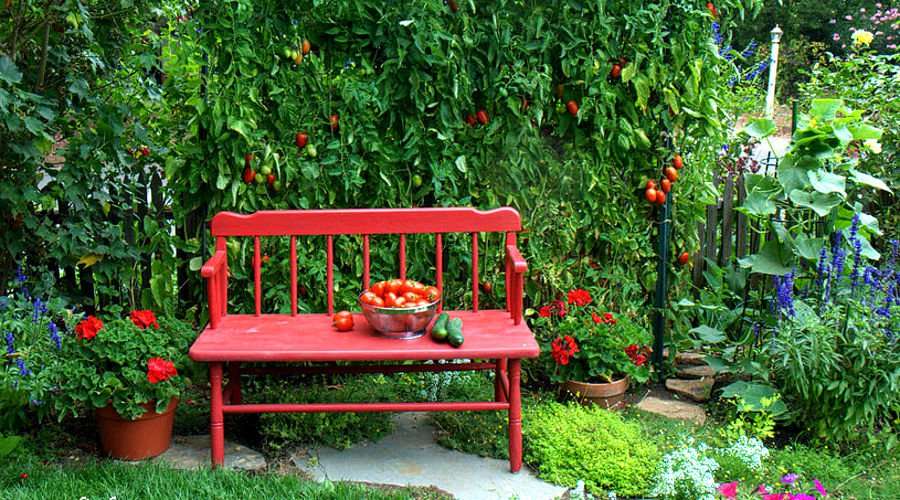

















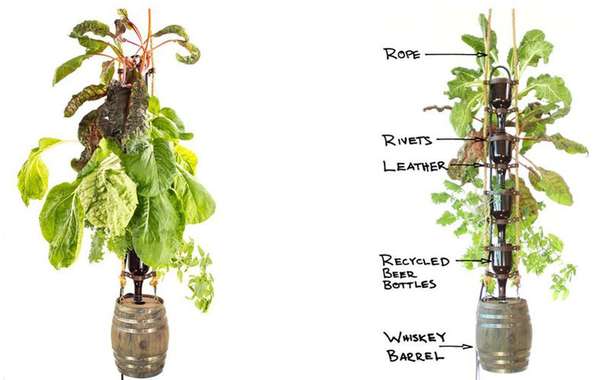

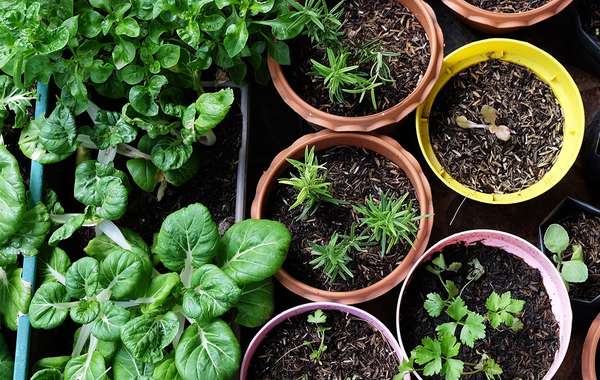
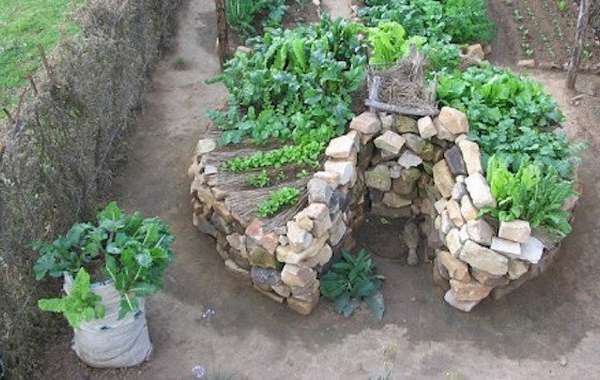
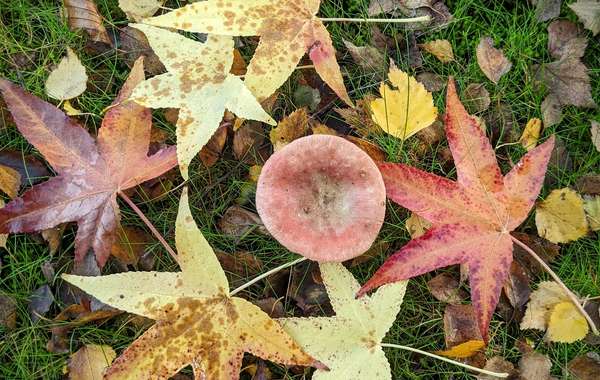
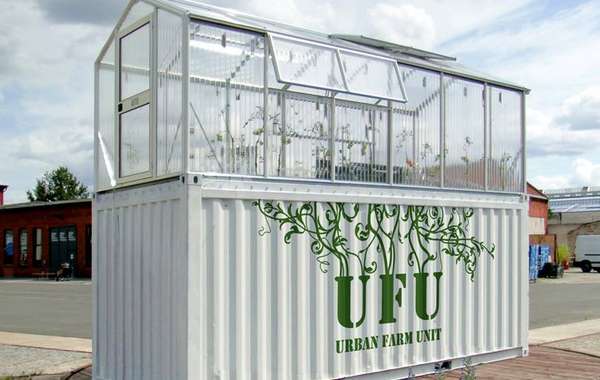
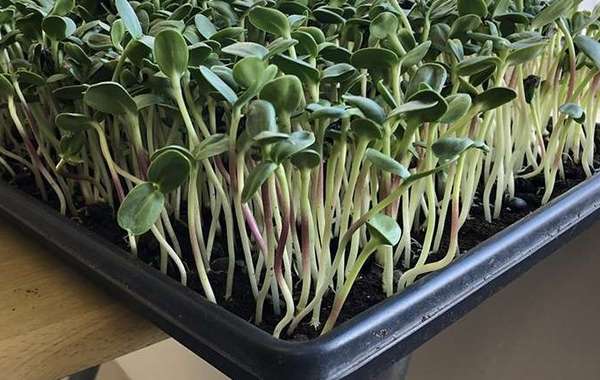
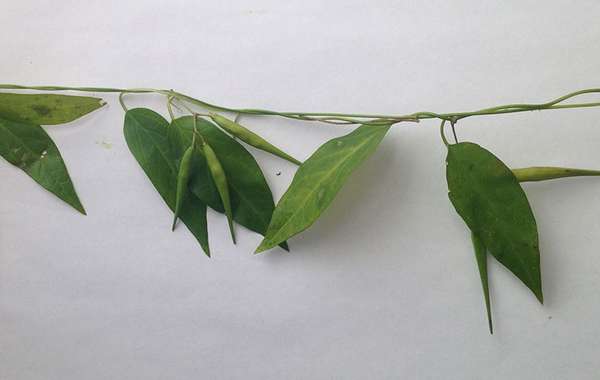
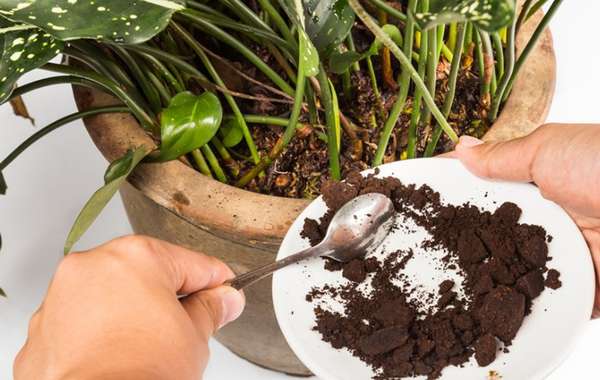
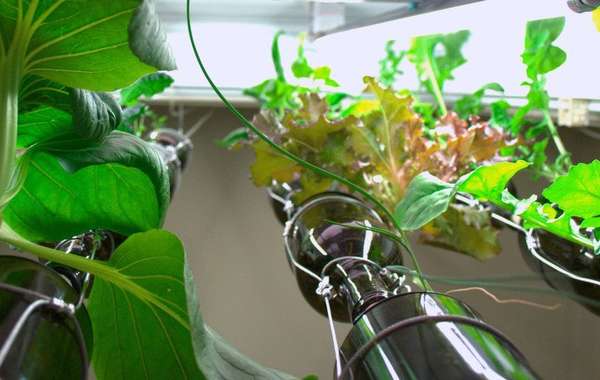
Comments (0)
Sign Up to Comment